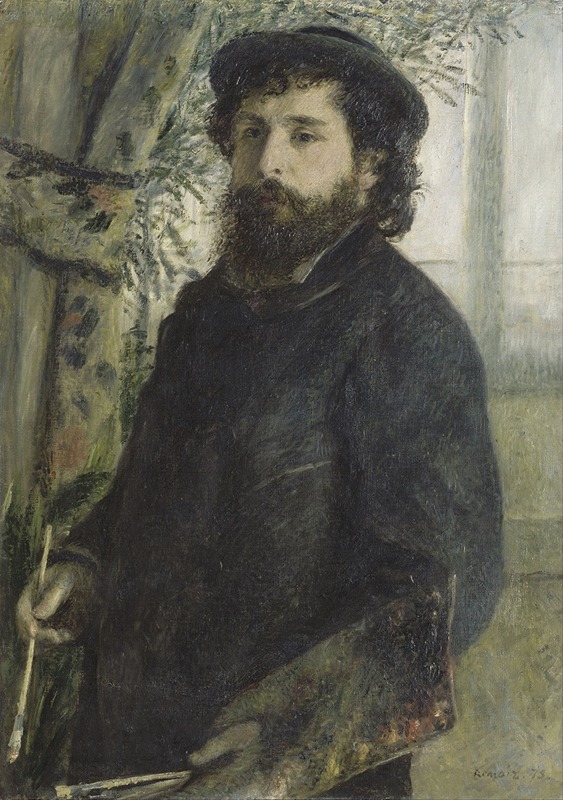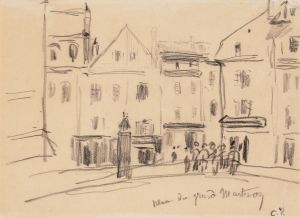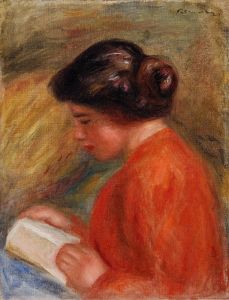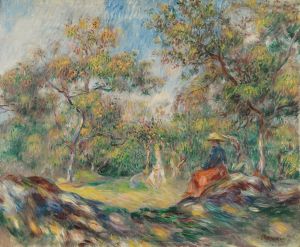
Claude Monet
A hand-painted replica of Pierre-Auguste Renoir’s masterpiece Claude Monet, meticulously crafted by professional artists to capture the true essence of the original. Each piece is created with museum-quality canvas and rare mineral pigments, carefully painted by experienced artists with delicate brushstrokes and rich, layered colors to perfectly recreate the texture of the original artwork. Unlike machine-printed reproductions, this hand-painted version brings the painting to life, infused with the artist’s emotions and skill in every stroke. Whether for personal collection or home decoration, it instantly elevates the artistic atmosphere of any space.
Pierre-Auguste Renoir's painting "Claude Monet" is a notable work that captures the likeness of the famous Impressionist painter Claude Monet. Painted in 1875, this portrait is a significant piece within the context of the Impressionist movement, which both Renoir and Monet were instrumental in developing.
Renoir and Monet were not only contemporaries but also close friends who often painted together and shared similar artistic goals. Both artists were key figures in the Impressionist movement, which sought to capture the effects of light and atmosphere in their work, often painting en plein air, or outdoors, to better observe and depict the natural world.
The painting "Claude Monet" by Renoir is an oil on canvas that exemplifies Renoir's skill in portraiture. In this work, Renoir captures Monet in a relaxed pose, with a thoughtful expression on his face. The brushwork is loose and fluid, characteristic of the Impressionist style, which emphasizes the play of light and color over precise detail. Renoir's use of color in the portrait is subtle yet effective, with a palette that includes soft blues, grays, and browns, which help to convey the gentle lighting and the contemplative mood of the subject.
This portrait is significant not only for its artistic qualities but also for its historical context. It provides insight into the personal and professional relationship between two of the most influential artists of the 19th century. Renoir's depiction of Monet offers a glimpse into the personality of the artist, capturing him at a time when the Impressionist movement was gaining momentum and beginning to challenge the traditional art establishment.
The painting is also an example of Renoir's broader body of work, which often focused on people and their interactions. Renoir was known for his ability to capture the essence of his subjects, whether in portraits, scenes of social gatherings, or intimate family moments. His work is celebrated for its vibrant light and color, as well as its ability to convey warmth and humanity.
Today, "Claude Monet" by Pierre-Auguste Renoir is housed in the Musée d'Orsay in Paris, a museum renowned for its extensive collection of Impressionist and Post-Impressionist masterpieces. The painting is part of a larger collection that showcases the development of modern art from the mid-19th century to the early 20th century.
In summary, Pierre-Auguste Renoir's portrait of Claude Monet is a testament to the friendship and artistic collaboration between two of the most important figures in the Impressionist movement. The painting not only highlights Renoir's skill as a portrait artist but also serves as a historical document, capturing a moment in time when the Impressionists were redefining the art world.


















